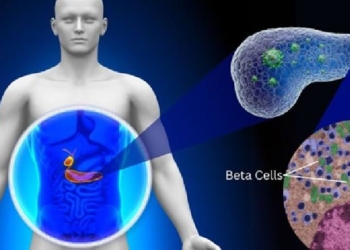London: British researchers have in a breakthrough developed a new drug that works against all of the main types of primary bone cancer and increases survival rates by 50 per cent without the need for surgery or chemotherapy.
Cancer that starts in the bones, rather than cancer that has spread to the bones, predominantly affects children. Current treatment is gruelling, with outdated chemotherapy cocktails and limb amputation. Despite all of this, the five-year survival rate is poor at just 42 per cent — largely because of how rapidly bone cancer spreads to the lungs.
But a new study, published in the Journal of Bone Oncology, shows how a new drug called CADD522 blocks a gene associated with driving the cancer’s spread in mice implanted with human bone cancer. Unlike chemotherapy, it also doesn’t cause toxic side effects like hair loss, tiredness and sickness.
“Primary bone cancer is a type of cancer that begins in the bones. It’s the third most common solid childhood cancer, after brain and kidney, with around 52,000 new cases every year worldwide,” said lead researcher Dr. Darrell Green, from University of East Anglia (UEA) in the UK.
The team collected bone and tumour samples from 19 patients at the Royal Orthopaedic Hospital in Birmingham. However, this small number was more than enough to detect some obvious changes in the cancers.
They showed that a gene called RUNX2 is activated in primary bone cancer and that this gene is associated with driving the cancer’s spread.
The new drug CADD522 — a small molecule was found to block the RUNX2 protein from having an effect.
The preclinical trials on mice showed “metastasis-free survival was increased by 50 per cent using the new CADD522 drug on its own, without chemotherapy or surgery. I’m optimistic that combined with other treatments such as surgery, this survival figure would be increased further,” Dr. Green said.
“Importantly, because the RUNX2 gene is not usually required by normal cells, the drug doesn’t cause side effects like chemotherapy. This breakthrough is really important because bone cancer treatment hasn’t changed for more than 45 years,” he noted.
The drug is now undergoing formal toxicology assessment before the team assembles all of the data and approaches the MHRA for approval to start a human clinical trial.
(IANS)














